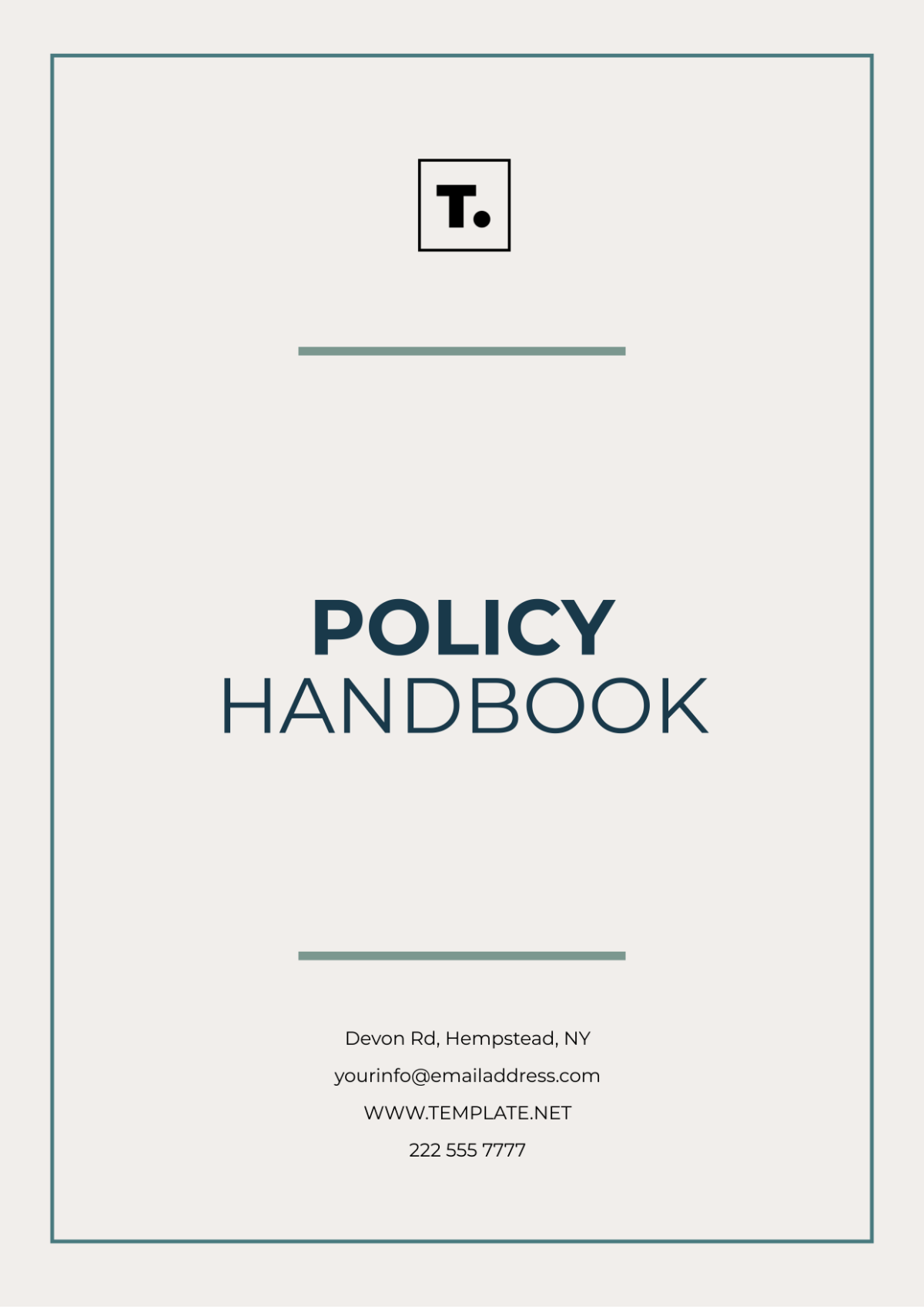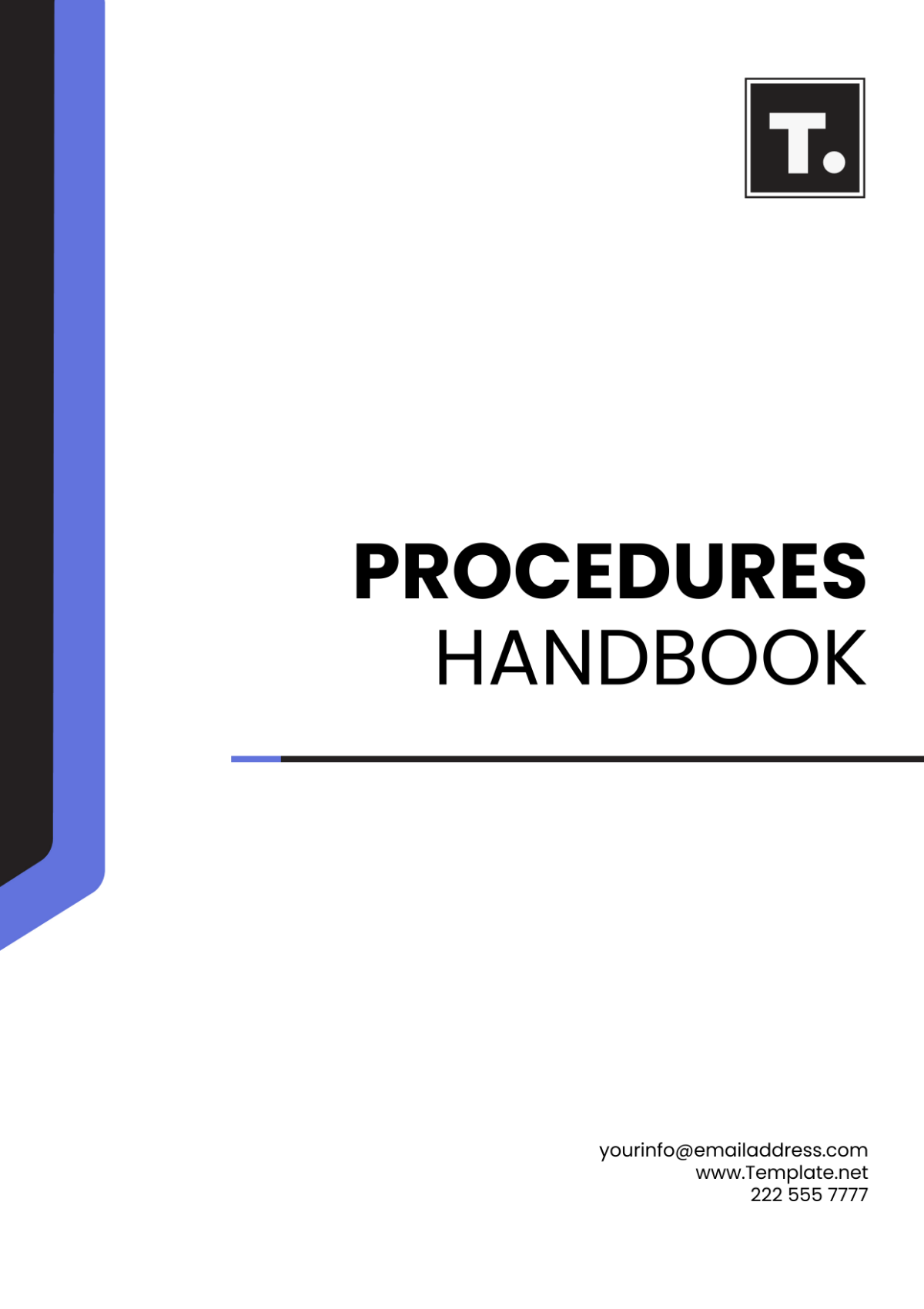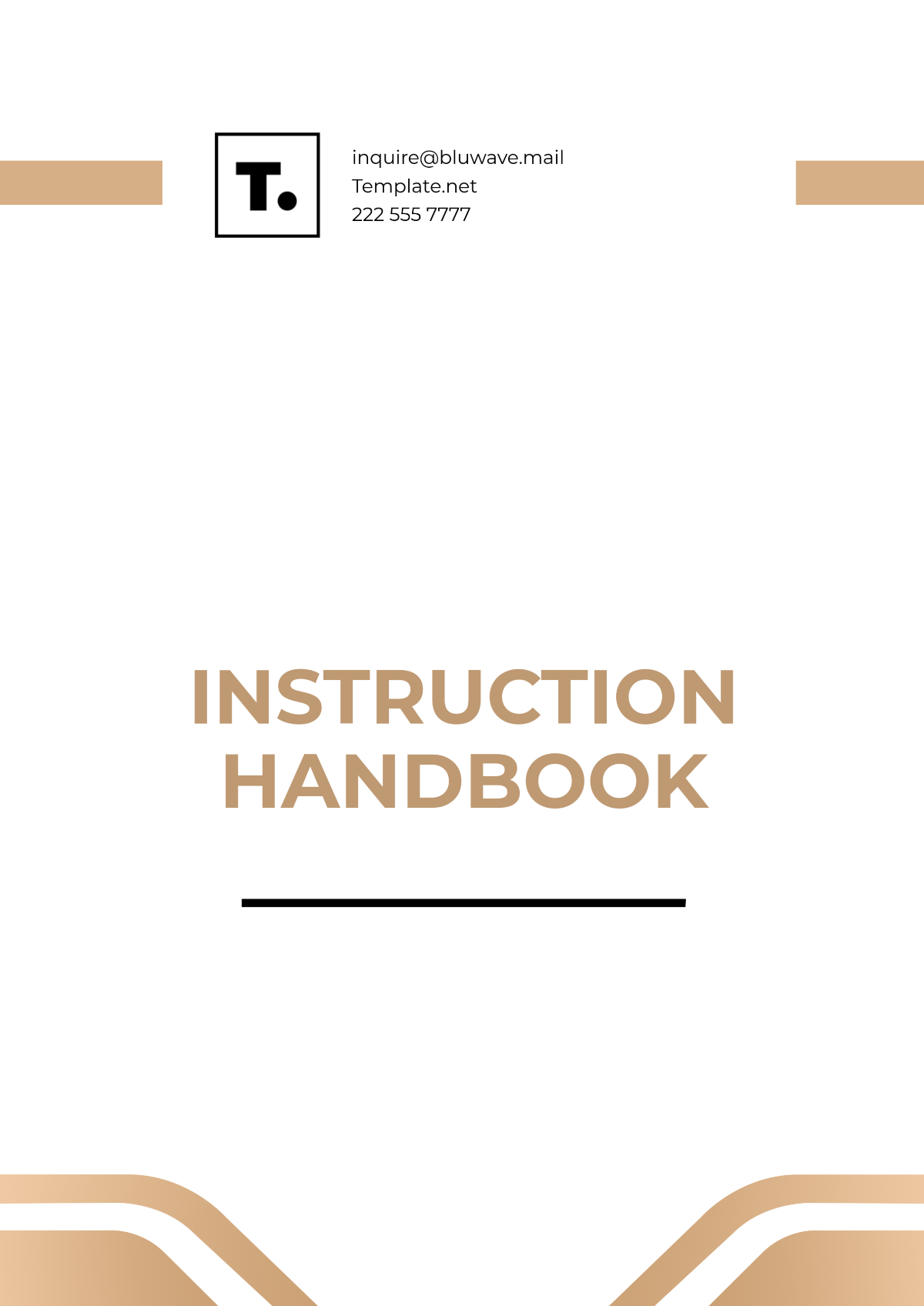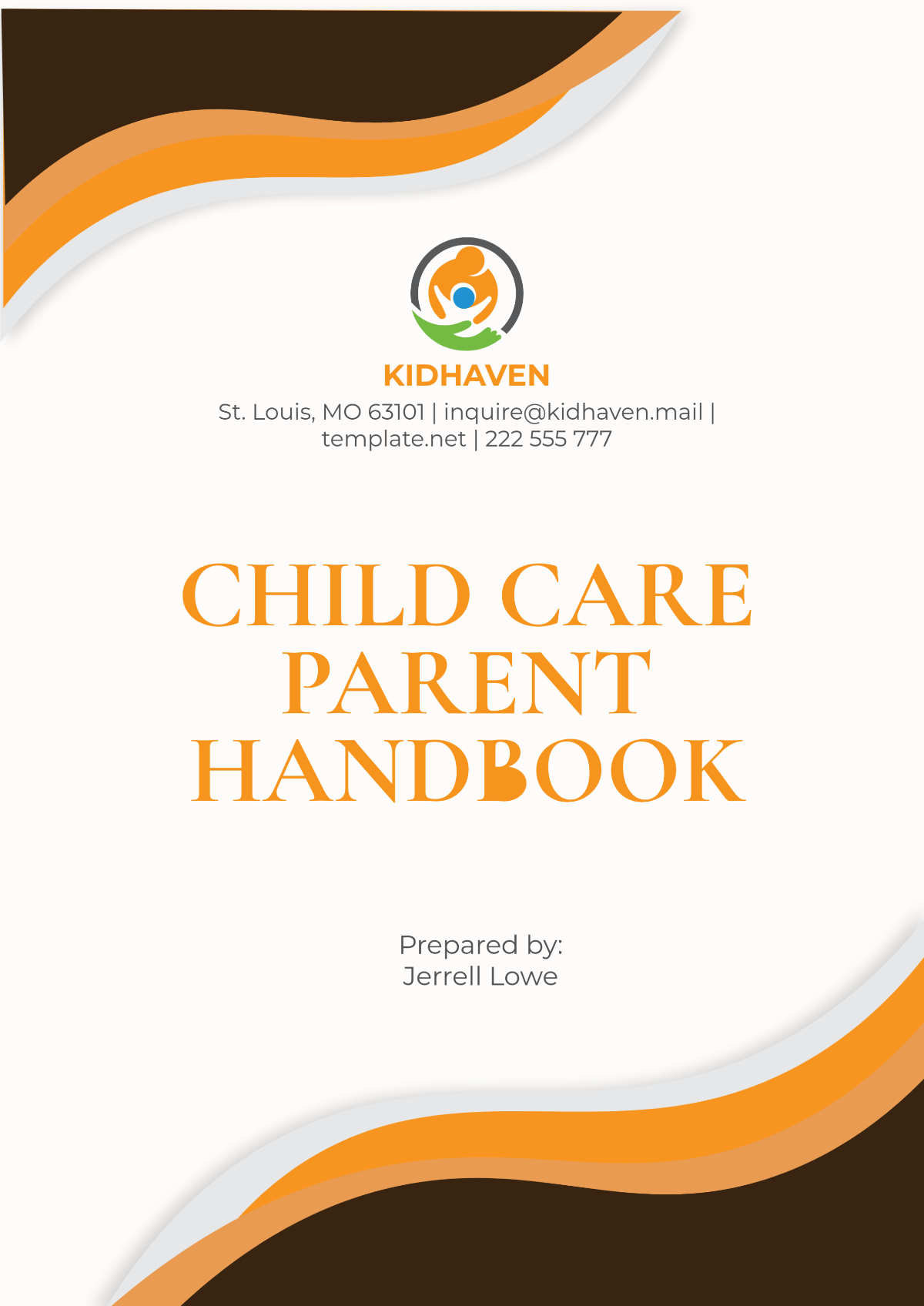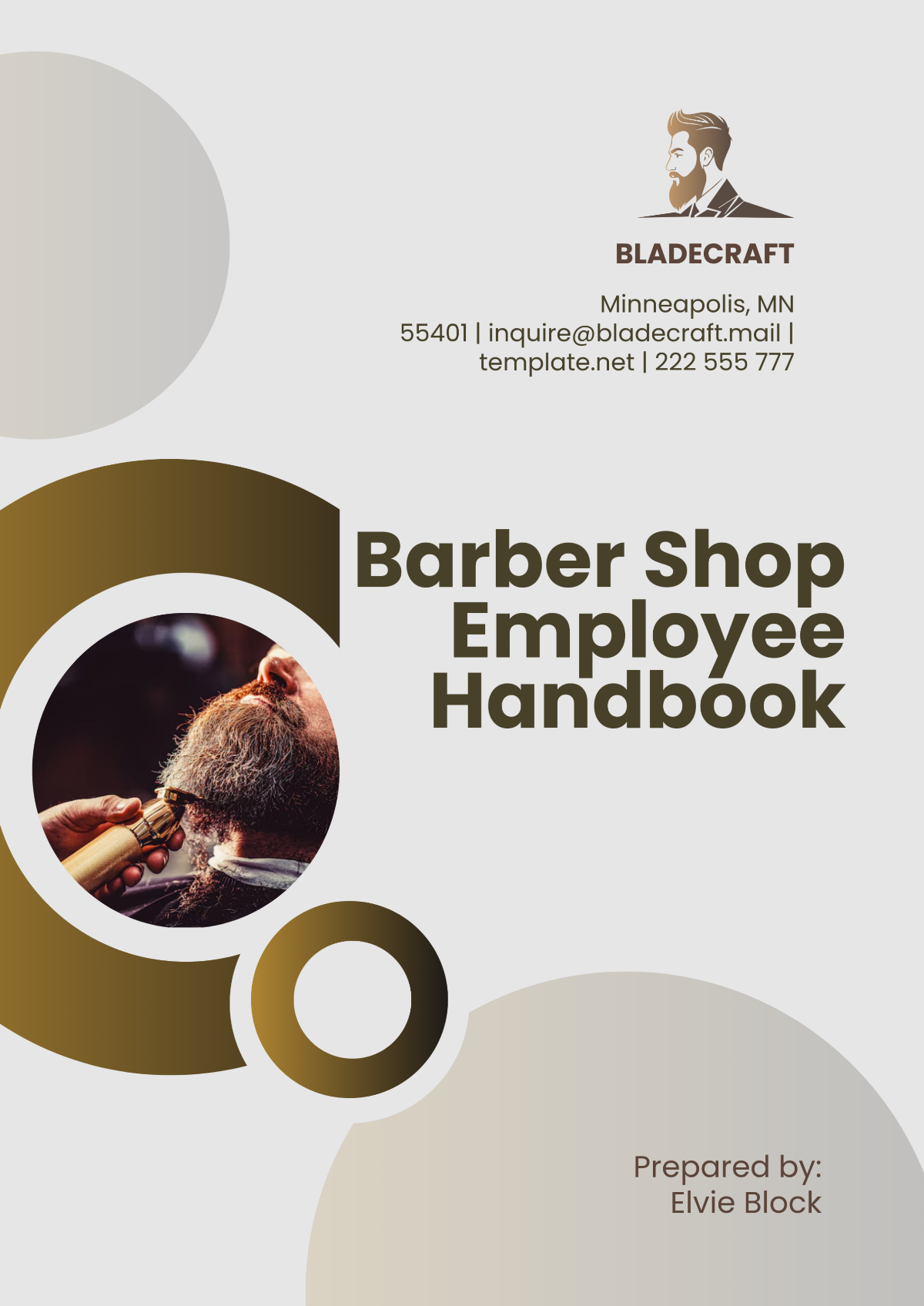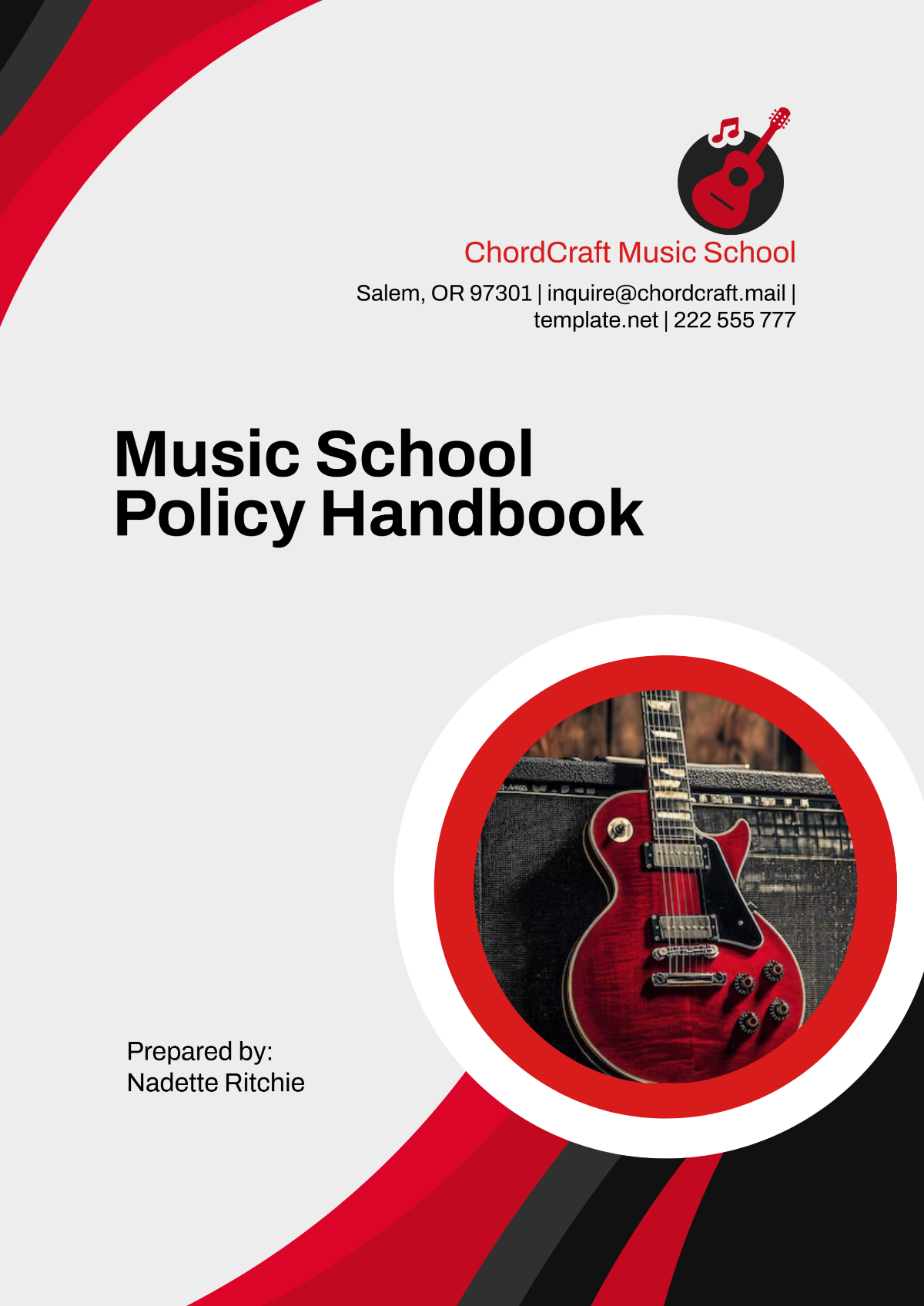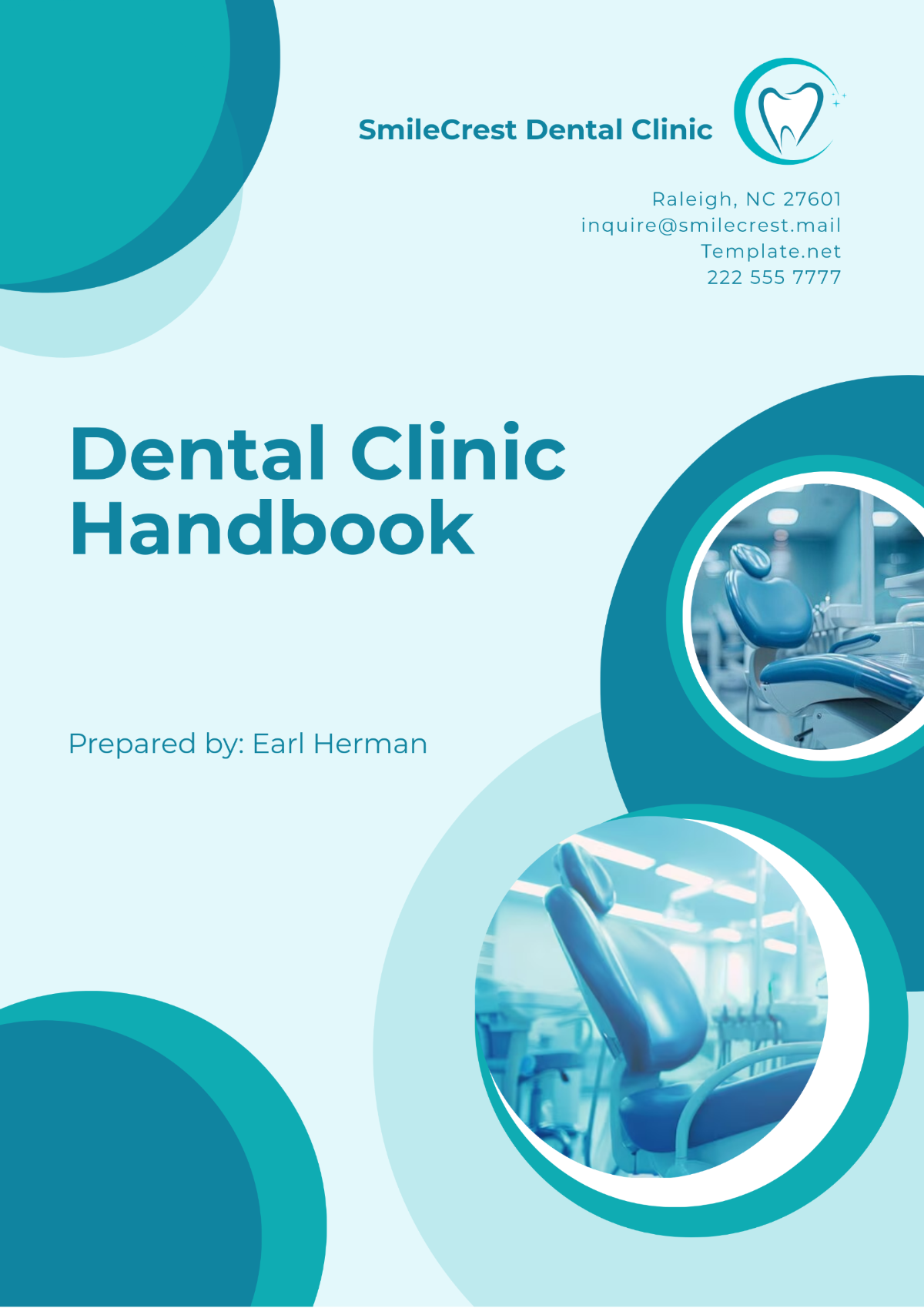Marketing Content Best Practices Handbook
Introduction
A. Purpose of the Handbook
The Marketing Content Best Practices Handbook serves as a comprehensive guide for marketers and content creators at [Your Company Name]. Its purpose is to provide a clear understanding of the best practices involved in creating and executing effective marketing strategies.
In today's competitive business landscape, successful marketing is essential for growth and staying ahead of the competition. This handbook is designed to equip our marketing team with the knowledge and tools they need to excel in their roles.
B. Target Audience
This handbook is intended for marketing professionals, content creators, and anyone involved in marketing activities within our organization. Whether you're a seasoned marketer or new to the field, you'll find valuable insights and best practices to enhance your skills and contribute to our marketing success.
C. About [Your Company Name]
[Your Company Name] is a leading provider of [Your Company's Products/Services]. Our commitment to excellence in marketing has led to significant growth and recognition in the industry. We believe that sharing our knowledge and expertise through this handbook will not only benefit our team but also contribute to our industry's growth.
D. Contact Information
For any questions or further assistance, please contact:
[Your Name]
[Your Company Email]
[Your Company Address]
[Your Company Number]
[Your Company Website]
Marketing Strategy
A. Defining Your Marketing Goals
Setting clear and measurable goals is the foundation of any successful marketing strategy. Begin by defining what you want to achieve with your marketing efforts. Common goals include increasing brand awareness, generating leads, boosting sales, or improving customer retention.
Example Goal:
Increase organic website traffic by 20% in the next quarter.
Once your goals are defined, make sure they are specific, measurable, achievable, relevant, and time-bound (SMART). This level of specificity allows you to track progress and make data-driven decisions.
B. Identifying Your Target Market
Understanding your target audience is crucial for effective marketing. Create detailed buyer personas that outline the demographics, interests, pain points, and behaviors of your ideal customers. This information will help you tailor your marketing campaigns to resonate with your target audience.
Example Buyer Persona:
Name: [Name]
Age: 28
Occupation: Marketing Manager
Interests: Social media marketing, content creation, technology
Pain Points: Limited budget, lack of time for marketing
Preferred Channels: LinkedIn, Twitter
C. Competitive Analysis
To stay competitive, it's essential to understand your competitors. Conduct a thorough competitive analysis to identify their strengths, weaknesses, opportunities, and threats (SWOT analysis). This insight can help you differentiate your marketing strategies and gain a competitive edge.
Example Competitive Analysis:
SWOT | Implication |
Strengths | Strong social media presence, innovative products |
Weaknesses | Limited customer reviews, outdated website |
Opportunities | Expanding into new markets, partnerships |
Threats | Emerging competitors, economic downturn |
By knowing your competition, you can develop strategies that capitalize on your strengths and address your weaknesses.
D. Unique Selling Proposition (USP)
Your Unique Selling Proposition (USP) is what sets your products or services apart from the competition. It's the reason why customers should choose you over others. Define your USP clearly, and ensure it aligns with your target audience's needs and preferences.
Example USP: "Our product offers the highest quality at the most affordable price, backed by a 100% satisfaction guarantee."
E. Branding Guidelines
Consistency in branding is essential for building brand recognition and trust. Develop and document clear branding guidelines that cover logo usage, color schemes, typography, tone of voice, and visual style. Share these guidelines with your marketing team to maintain a cohesive brand identity across all marketing materials.
Example Branding Guidelines:
Logo: Use [Your Logo] in full color on a white background.
Color Palette: Primary colors are #0044B2 (blue) and #FF6600 (orange).
Typography: Use Arial for body text and Montserrat for headings.
Tone of Voice: Friendly, informative, and professional.
Content Creation
A. Content Planning
Effective content begins with a well-thought-out plan. Start by defining your content goals and align them with your marketing objectives. Consider the buyer's journey and create content that addresses each stage, from awareness to consideration to decision.
Example Content Goals:
Increase brand awareness through blog posts and social media.
Generate leads with downloadable e-books and webinars.
Convert leads into customers with product demos and case studies.
B. Content Types
Diversify your content to engage a wider audience. Explore various content formats, including blog posts, infographics, videos, podcasts, and webinars. Each format has its strengths and can be used strategically to convey your message effectively.
Content Format Ideas:
Content Format | Detail |
Blog Posts | Informative articles that address industry trends. |
Infographics | Visual representations of data or concepts. |
Videos | Tutorials, product demonstrations, or customer testimonials. |
Podcasts | Audio content for on-the-go listeners. |
Webinars | Live or recorded presentations on relevant topics. |
C. Keyword Research
Keyword research is vital for optimizing your content for search engines. Identify relevant keywords and phrases that your target audience uses when searching for information related to your products or services. Use keyword research tools to discover high-ranking keywords with moderate competition.
Keyword Research Steps:
Identify relevant keywords.
Analyze keyword search volume and competition.
Incorporate keywords naturally into your content.
Monitor and adjust your keyword strategy based on performance.
D. Content Calendar
A content calendar helps you plan and organize your content creation efforts. It ensures a consistent flow of content and aligns with your marketing objectives and seasonal trends. Include publication dates, content topics, assigned creators, and promotion channels in your calendar.
Example Content Calendar:
Month | Content Focus |
January | New Year-themed blog post |
February | Valentine's Day social media campaign |
March | Product launch webinar |
April | Earth Day infographic |
May | Customer success story video |
E. Content Creation Workflow
Establish a streamlined content creation workflow to improve efficiency. Define roles and responsibilities within your team, from content ideation to creation, editing, and publication. Use project management tools to track progress and collaborate effectively.
Example Workflow Stages:
Ideation: Brainstorm content ideas based on marketing goals.
Creation: Write, design, or produce the content.
Editing: Review and revise for accuracy and quality.
Approval: Obtain necessary approvals.
Publication: Share content on relevant channels.
Promotion: Promote content through social media and email.
SEO and Optimization
A. On-Page SEO
On-page SEO focuses on optimizing individual web pages to improve their search engine ranking. Key elements of on-page SEO include:
Keyword Optimization: Incorporate relevant keywords into your content, headings, and meta tags.
High-Quality Content: Create valuable, informative, and engaging content that satisfies user intent.
Page Speed: Ensure fast loading times for better user experience and SEO ranking.
Mobile Friendliness: Optimize your website for mobile devices.
Internal Linking: Link to related pages within your website.
Meta Tags: Craft compelling meta titles and descriptions.
B. Off-Page SEO
Off-page SEO involves actions taken outside of your website to improve its authority and relevance. Key off-page SEO strategies include:
Backlink Building: Acquire high-quality backlinks from reputable websites.
Social Signals: Engage with your audience on social media platforms to boost visibility.
Online Reputation Management: Monitor and manage online reviews and mentions.
Guest Blogging: Contribute guest posts to industry-related websites.
Influencer Partnerships: Collaborate with industry influencers for content promotion.
C. SEO Tools and Resources
Utilize a variety of SEO tools and resources to enhance your optimization efforts. These tools can help you track keyword rankings, analyze competitors, and identify opportunities for improvement. Some popular SEO tools include:
Google Analytics: Monitor website traffic and user behavior.
Google Search Console: Track website performance in Google search.
SEMrush: Conduct competitor research and keyword analysis.
Moz: Analyze backlinks and website performance.
Ahrefs: Explore competitor backlinks and content gaps.
D. Performance Metrics
Measuring the effectiveness of your SEO efforts is essential. Key performance metrics to track include:
Organic Traffic: Monitor the number of visitors from search engines.
Keyword Rankings: Track how your target keywords rank in search results.
Click-Through Rate (CTR): Measure the percentage of clicks per impression in search results.
Bounce Rate: Analyze how often users leave your site without taking further action.
Conversion Rate: Measure the percentage of visitors who complete desired actions, such as making a purchase or filling out a form.
E. SEO Best Practices
To succeed in SEO, adhere to these best practices:
Regular Updates: Keep your content fresh and up-to-date.
Mobile Optimization: Ensure your website is mobile-responsive.
User Experience (UX): Create a user-friendly site with easy navigation.
Quality Backlinks: Focus on obtaining high-quality, relevant backlinks.
Local SEO: Optimize for local searches if applicable.
Social Media Marketing
A. Social Media Strategy
A well-defined social media strategy is essential for achieving your marketing goals. Start by selecting the most relevant social media platforms for your business. Each platform has its unique audience and features. Develop a content calendar and posting schedule to maintain consistency.
Example Social Media Platforms:
Facebook
Twitter
LinkedIn
Instagram
Pinterest
B. Content Posting Schedule
Consistency is key in social media marketing. Create a posting schedule that outlines the frequency and timing of your social media posts. Consider the peak engagement times for your target audience on each platform.
Example Posting Schedule:
Platform | Schedule |
3 posts per week, Monday, Wednesday, and Friday at 10 AM. | |
5 tweets per day, spread throughout the day. | |
2 posts per week, Tuesday and Thursday at 1 PM. |
C. Engagement Strategies
Engagement is crucial for building a loyal social media following. Interact with your audience by responding to comments, messages, and mentions promptly. Encourage discussions, run polls, and host Q&A sessions to keep your audience engaged.
Engagement Tactics:
Respond to comments and messages within 24 hours.
Use relevant hashtags to increase discoverability.
Share user-generated content and acknowledge loyal customers.
D. Social Media Analytics
Track the performance of your social media efforts using analytics tools provided by each platform. Monitor key metrics such as engagement rate, reach, clicks, and conversions. Use these insights to refine your social media strategy and optimize content.
Example Social Media Metrics:
Metrics | Definition |
Engagement Rate | Total engagements (likes, comments, shares) divided by total reach. |
Reach | The number of unique users who see your content. |
Click-Through Rate (CTR) | The percentage of clicks on your posts. |
Conversion Rate | The percentage of users who take a desired action. |
E. Trends and Updates
Stay up-to-date with the latest trends and updates in the social media landscape. Platforms frequently introduce new features and algorithms that can impact your strategy. Join relevant social media marketing communities and attend webinars or conferences to stay informed.
Example Trends:
Live streaming for real-time engagement.
Short-form video content (e.g., TikTok).
Integration of e-commerce features on platforms like Instagram and Facebook.
Appendices
A. Useful Resources
This provides a curated list of useful resources that can further enhance your understanding of marketing best practices. These resources include books, blogs, online courses, and industry publications. Staying informed and continuously learning is key to staying competitive in the ever-evolving field of marketing.
B. Glossary of Marketing Terms
Marketing can be filled with jargon and terminology that might not be immediately familiar. You'll find a comprehensive glossary of marketing terms, complete with definitions and explanations. This resource will help you navigate the world of marketing more effectively.
C. Sample Templates
This offers a collection of sample templates that can streamline your marketing processes. These templates cover various aspects of marketing, from content calendars to email campaign templates. They are customizable to suit your specific needs.
D. [Your Company social media]
In this section, you'll find links to [Your Company Name]'s official social media profiles. Stay connected with us on platforms like Facebook, Twitter, LinkedIn, and Instagram to receive updates on our latest products, promotions, and industry insights.





